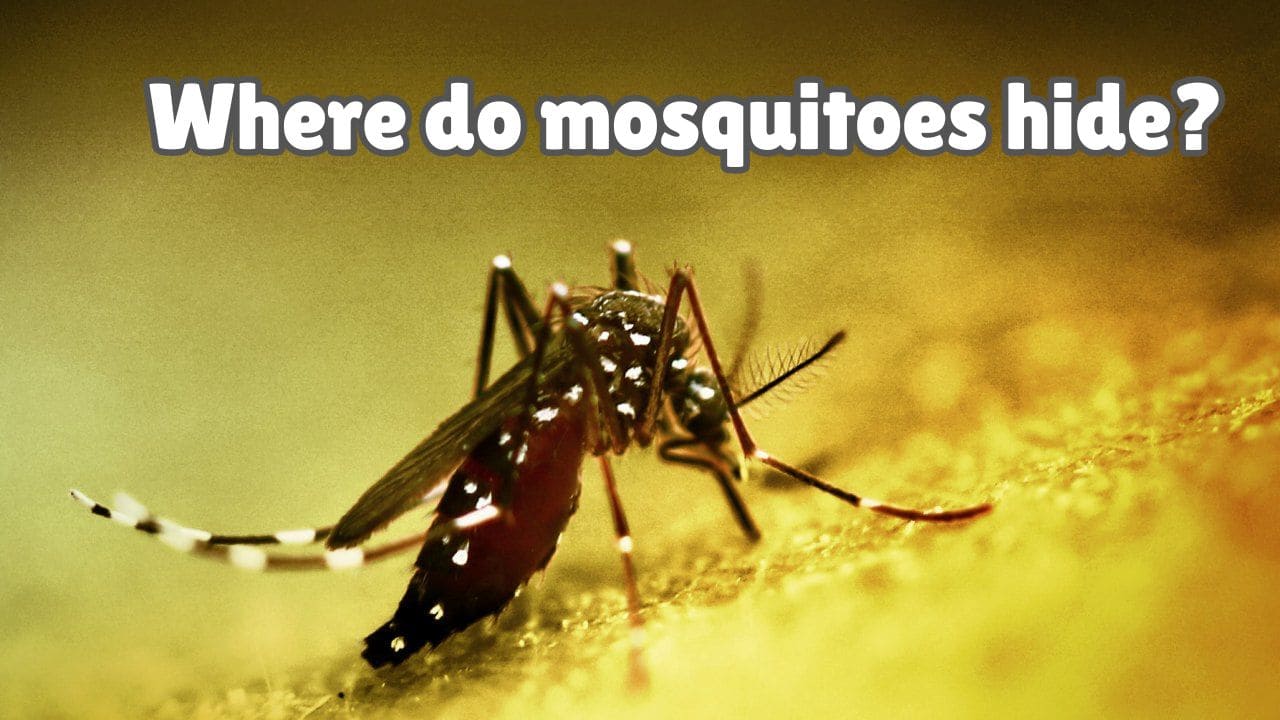Why do mosquitoes hide during the day?
The light and heat of the sun exposes mosquitoes to an extreme condition which they can never withstand. Embedding themselves in moist and humid areas and seeking shelter near water is their natural habitat. They are too fragile and sensitive to the rays of the sun. Also, the water content in their body is very low, which leads to quick dehydration, and sometimes even death.
Moreover, humans are more active during daytime and also the temperature outside heats the rooms which is an unfavorable environment for mosquitoes. Also heat from the sunlight during the day may hinder their ability to hone into heat that the body of a human radiates.
Because of this pattern, mosquitoes only come out at night and go to breathe air and rest. At the same time, their activity reaches its highest levels in the evening and night. Nature made them crepuscular, and they are active from dawn till dusk. Consequently, during the daytime, they will sidestep adverse environmental conditions that could disrupt the feeding action.
Reasons why mosquitoes hide during the day:
❌ Sunlight and heat causes severe dehydration in them.
❌ Weak enough to tolerate the heat during daytime.
❌ Room temperature is also warmer and not preferable.
❌ Unable to track body heat and carbon dioxide during the day.
Peak activity time for mosquitoes
Anopheles and Culex mosquitoes are described as crepuscular–this means that they are most active during twilight hours and do not go out in sunlight for long, as they are unable to endure high exposure to the sun. Only on occasion during the day some species like Aedes may be detectable.
In evening when the sunsets and the temperature begins to fall, the mosquitoes come out of their hiding spots and start their hunt looking for their hosts for blood meals. During night time there is darkness and much cooler temperature which helps them to track carbon dioxide and body heat of their potential targets.
Common hiding places for mosquitoes
The following places are very common in our surroundings that can easily become hiding spots for mosquitoes:
- Tall grasses, trees, shrubs and bushes
- Cluttered basements and garages
- Pile of wet lawn grasses clippings
- Old discarded tires
- Behind curtains and blinds
- Tree holes and shady dense branches and shrubs
- Inside drains and gutter chambers
- Toilets and bathrooms
- Sheds and barns
- Eaves of rooftops, eaves troughs, etc.
- Under decks
- Tree stumps
- Pet bowls
- Saucers of plant pots
- Water tanks
- Wood piles and clutter in your yard
- Under furniture
Where do mosquitoes hide during the day
Mosquitoes avoid daylight and prefer to stay in dark, humid, shaded or covered regions. At outdoor locations, they can hide in between tall grasses, bushes, and dense leaves. Damp areas like pond edges, piles of wet grass clippings, near water tanks, eaves of roof tops with rain water, standing water sources in garage, etc. They prefer to hide in moist cool environments to stay hydrated and protected from heat.
Where do mosquitoes hide in the house
Mosquitoes can easily hide in dark and moist corners of the house that are undisturbed during the day. Discover all possible spots where mosquitoes hide in your room from the list given below:
- Toilets, bathrooms and basements are the ideal locations for their hiding.
- Kitchen is also another preferred spot where the sinks and kitchen tables remains wet most of the time.
- Basements, attics and guest rooms are another perfect spots for their hiding and resting spots.
- False ceilings, space below stairs, and special structures which remains undisturbed are also good daytime hiding spots for them.
- Space behind the doors that remains open throughout the day.
- Drying space for clothes, where you hang washed clothes for drying.
- Leaking pipes and faucets, under sinks, clogged basins and washrooms, etc.
- Clogged drainage systems
- Laundry room or spaces below and around washing machine
- Water dripping from air-conditioners
- Hanging plants inside your house
- Water plants, flower vases filled with waters, watering cans, recycling and garbage containers,
- Fish tanks
- Wet doormat
- Wet towels, etc.
Where do mosquitoes hide in your bedroom
Mosquitoes hide in your bedroom generally at places like below the bed, behind curtains, inside closets, behind folds of clothing, below furniture, in toilet and bathroom, behind overhead water tanks, leaking water pipelines and faucets, open drainage just outside windows, etc. Or else the dripping water from air-conditioners may provide the required moisture and damp environment for their survival.
Where do mosquitoes hide in the winter
In winter, at the outdoors mosquitoes prefer dark shelters like tree barks and abandoned woodpecker tree holes, animal burrows, composts heaps, etc. While the basement, attics and garages are the hotspot for their hiding in winters. There are certain species of mosquitoes which can undergo state of hibernation and wake up when the temperature goes up again.
The mosquitoes can also lay eggs in freezing water during winters, these eggs do not hatch and stay dormant till the environmental conditions are favorable. As soon as the temperature rises they become active again searching for blood meals and breeding zones and standing water sources for laying eggs.
Where do mosquitoes hide when it rains?
They prefer places like dense vegetation, shrubs, tree canopies, and even crevices between rocks and structures, where rain water can’t reach. They prefer to stay hidden for a long time during rains to avoid being washed off.
After the rain, the mosquitoes are more excited and active due to stagnant water sources all around. There are marshy lands, puddles, water pooling at tarpaulins and rooftops and terraces, and many contained water sources like rain water barrels, the lids of water tanks, etc. These all together provides an excellent breeding grounds for them.
Keep your house and rooms mosquito free
The following actions will help you to keep your house and surroundings free of mosquitoes:
- Use essential oil based mosquito repellent sprays
- Use DEET based synthetic mosquito sprays
- Grow mosquito repelling plants in your garden, yard and outdoor spaces
- Set mosquito traps, UV mosquito repellers, DIY home made mosquito traps
- Install mosquito zappers or fly swatters
- Use essential oil based mosquito repellent diffusers
- Use synthetic mosquito repellent liquids, mosquito coils, incense sticks, etc.
- Remove any potential sources of standing water bodies including water leakages, saucers of plant pots, flower vases, etc.
- Spray DEET, pyrethrin, picaridin based effective pesticides
- Keep your bathrooms and toilets clean and dry
- Kill mosquito larvae in any unattended uncovered water sources like buckets, discarded tires, toilet bowls, or trapped waters in inappropriate shaped objects.
Unless and until the mosquito population outside your home is not brought under control, you can’t expect mosquito free home. Therefore, keeping a check on similar things in your surroundings like ponds, fountains water features, puddles, marsh lands, bird baths, rain water barrels, clutter and scrap, etc. is also very important.
Conclusion
Mosquitoes are very good at hiding and they can find their own way to survive. They need dark cool, and moist humid places to hide during the day. Therefore, they stay around manmade structures or dense vegetation and will never be seen in large open spaces.
Once we understand where do they hide, it will be easier to control their population and preventing mosquito bites and subsequently any transmission of diseases. It is also important to learn about the peak activity time and their lifecycle to act efficiently.
Based on their hiding we can use different methods to repel or kill larvae and mosquitoes from our houses.
Recent Posts ▶️▶️▶️
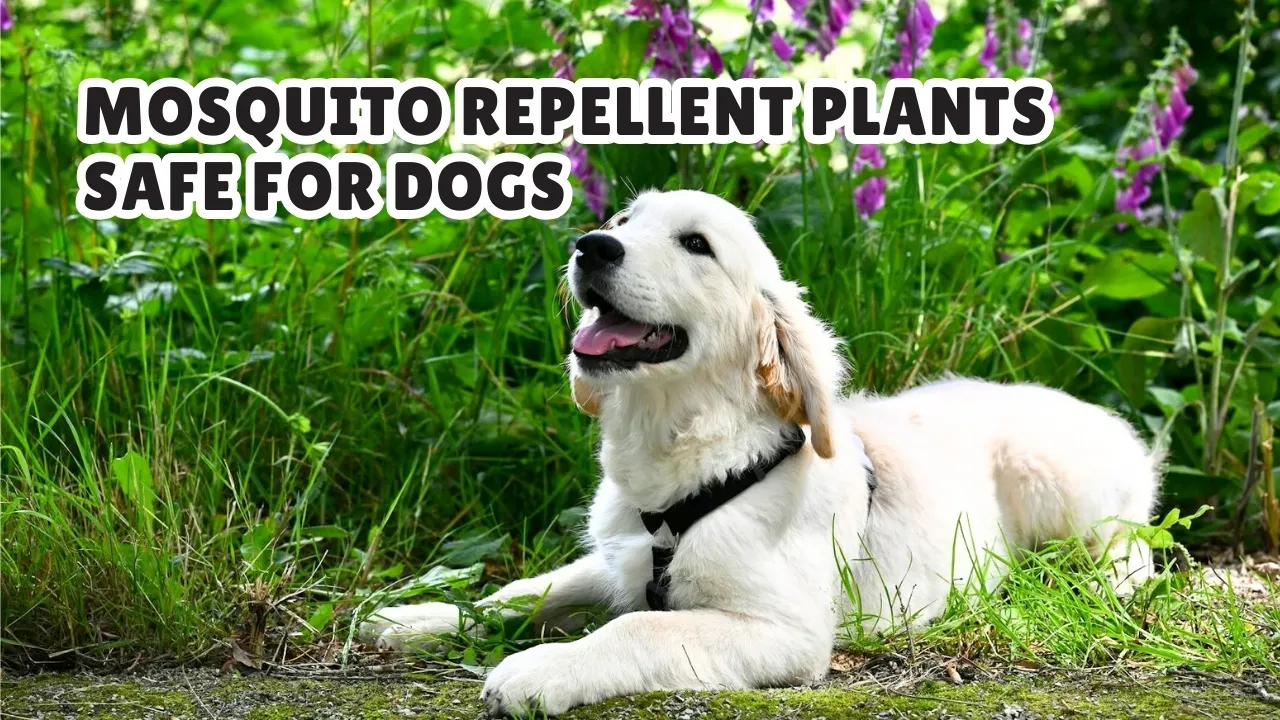 5 Mosquito Repellent Plants Safe for Dogs Introduction to Dog safe mosquito repellent plants As for the summer; where these mosquitoes infest, owners of dogs must create an outdoor area that accommodates animals. Mosquitoes are not only troublesome and painful but also harbor diseases that are dangerous to both man and pets. However, there are dog safe mosquito repellent plants compared to ... Read more
5 Mosquito Repellent Plants Safe for Dogs Introduction to Dog safe mosquito repellent plants As for the summer; where these mosquitoes infest, owners of dogs must create an outdoor area that accommodates animals. Mosquitoes are not only troublesome and painful but also harbor diseases that are dangerous to both man and pets. However, there are dog safe mosquito repellent plants compared to ... Read more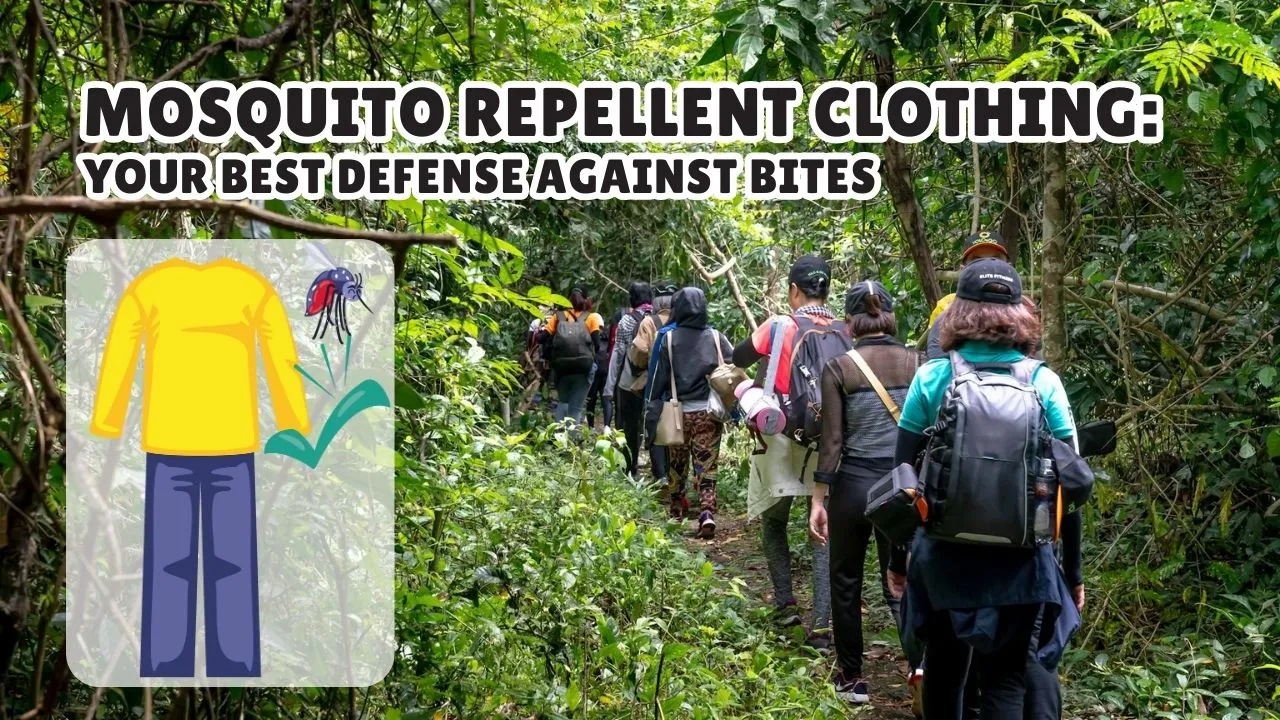 Mosquito Repellent Clothing: Your Best Defense Against Bites Stay protected from mosquitoes with specially designed fabrics featuring mosquito repellent clothing that offer comfort and long-lasting defense.
Mosquito Repellent Clothing: Your Best Defense Against Bites Stay protected from mosquitoes with specially designed fabrics featuring mosquito repellent clothing that offer comfort and long-lasting defense. Sunscreen with Mosquito Repellent: Dual Protection Discover the best sunscreen with mosquito repellent for your outdoor adventures. Stay protected from harmful UV rays and pesky insects all day long
Sunscreen with Mosquito Repellent: Dual Protection Discover the best sunscreen with mosquito repellent for your outdoor adventures. Stay protected from harmful UV rays and pesky insects all day long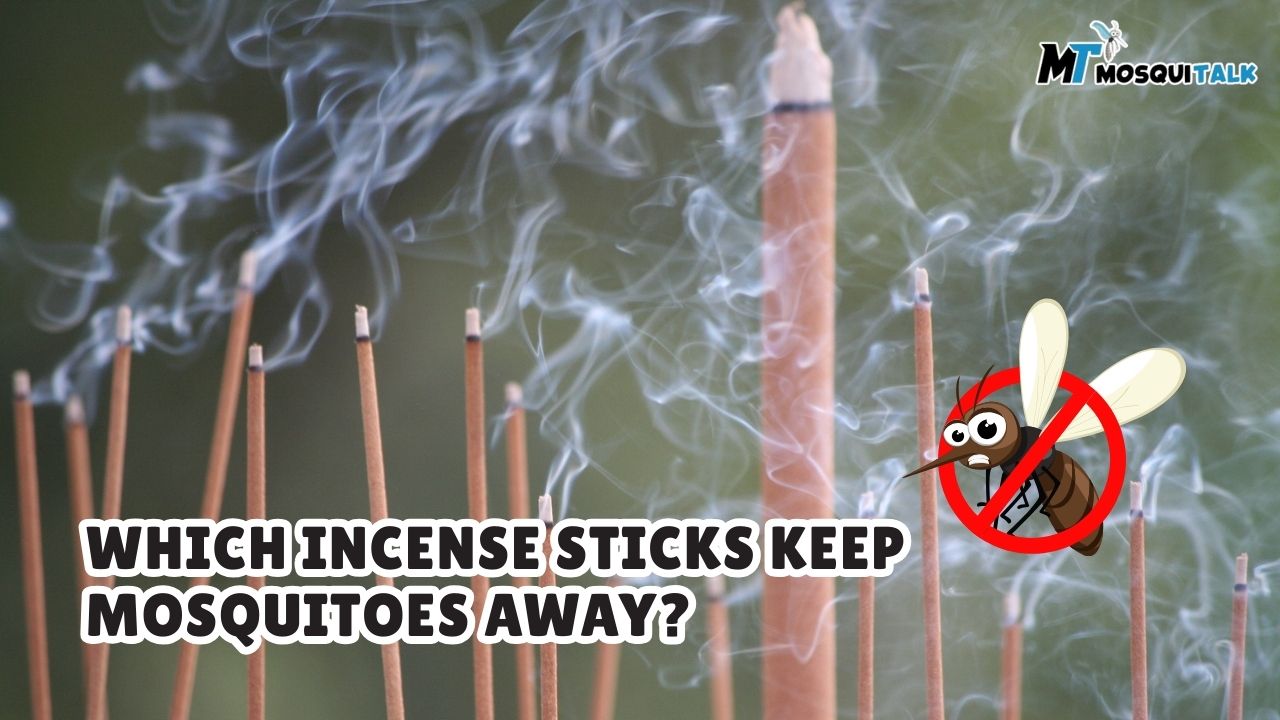 Which Incense Sticks Keep Mosquitoes Away? Know which incense sticks keep mosquitoes away utilizing natural scents like citronella, rosemary, cedar and eucalyptus for effective pest control.
Which Incense Sticks Keep Mosquitoes Away? Know which incense sticks keep mosquitoes away utilizing natural scents like citronella, rosemary, cedar and eucalyptus for effective pest control.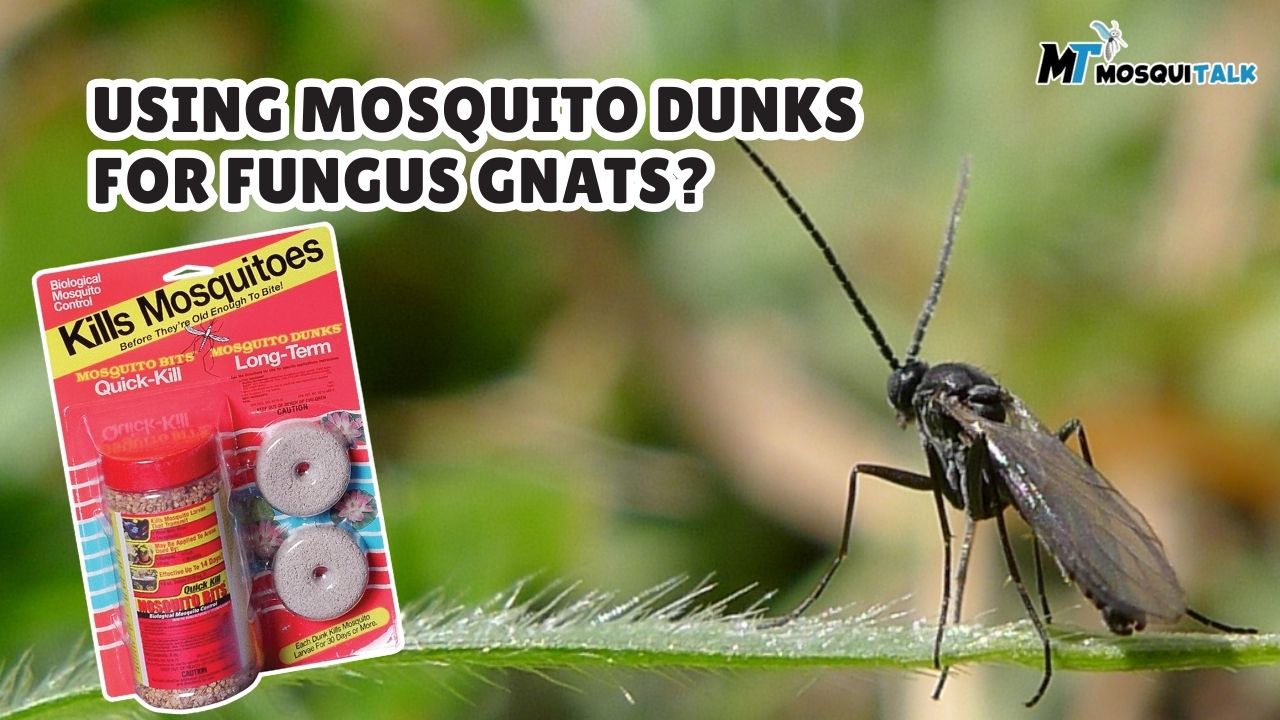 How to Use Mosquito Dunks for Fungus Gnats? Fight fungus gnats with mosquito dunks! Explore how this biological control method can help maintain a healthy indoor garden ecosystem.
How to Use Mosquito Dunks for Fungus Gnats? Fight fungus gnats with mosquito dunks! Explore how this biological control method can help maintain a healthy indoor garden ecosystem.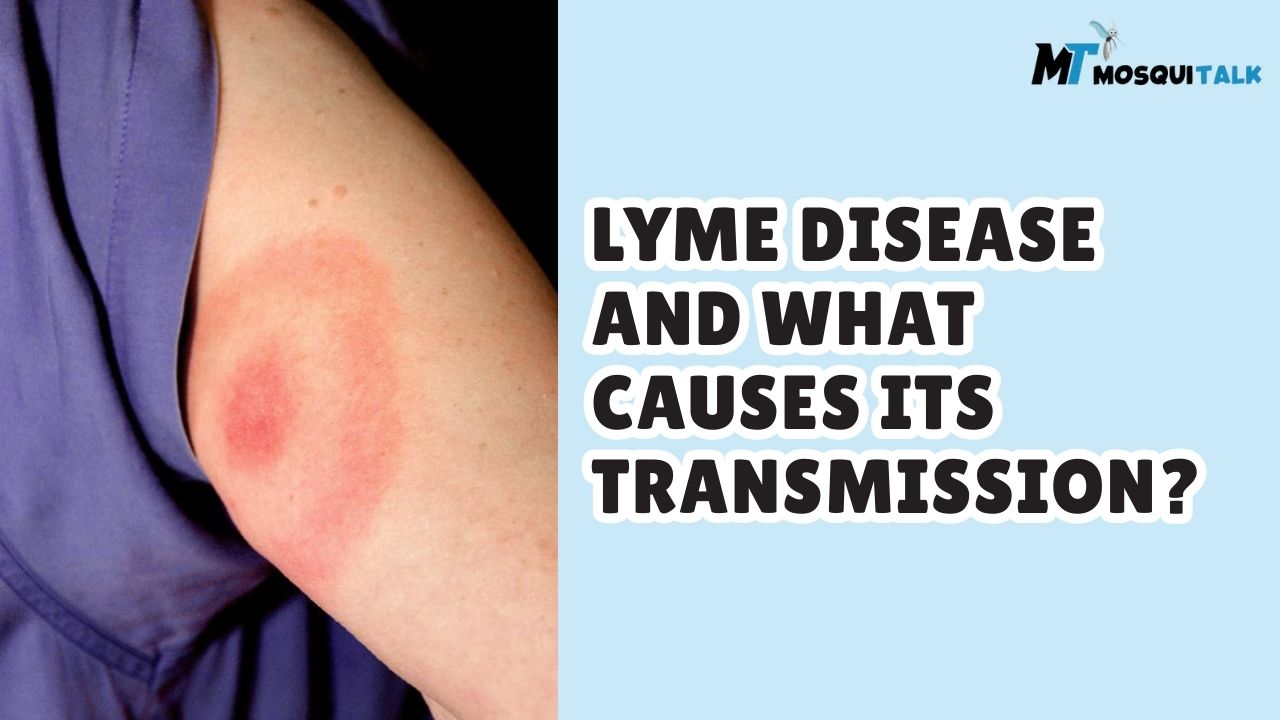 Can you Get Lyme Disease from Mosquitoes? Read more if you can get Lyme disease from mosquitoes. Learn about tick bites, transmission risks, and prevention methods to stay safe outdoors.
Can you Get Lyme Disease from Mosquitoes? Read more if you can get Lyme disease from mosquitoes. Learn about tick bites, transmission risks, and prevention methods to stay safe outdoors.
